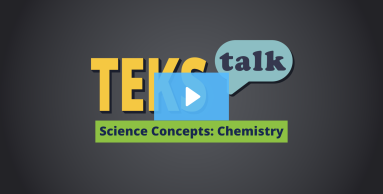
Knowledge and Skills Statement
Scientific and engineering practices. The student, for at least 40% of instructional time, asks questions, identifies problems, and plans and safely conducts classroom, laboratory, and field investigations to answer questions, explain phenomena, or design solutions using appropriate tools and models.
Supporting Information
Research
Harland, Darci J. 2011. STEM Student Research Handbook. VA: NTSA Press
Summary: Understanding the differences between quantitative and qualitative data allows scientists and engineers to mathematically compare experimental groups with control groups. Qualitative data details observations. Chapter 2 explains the differences in data types, when to use them, and what to avoid.
